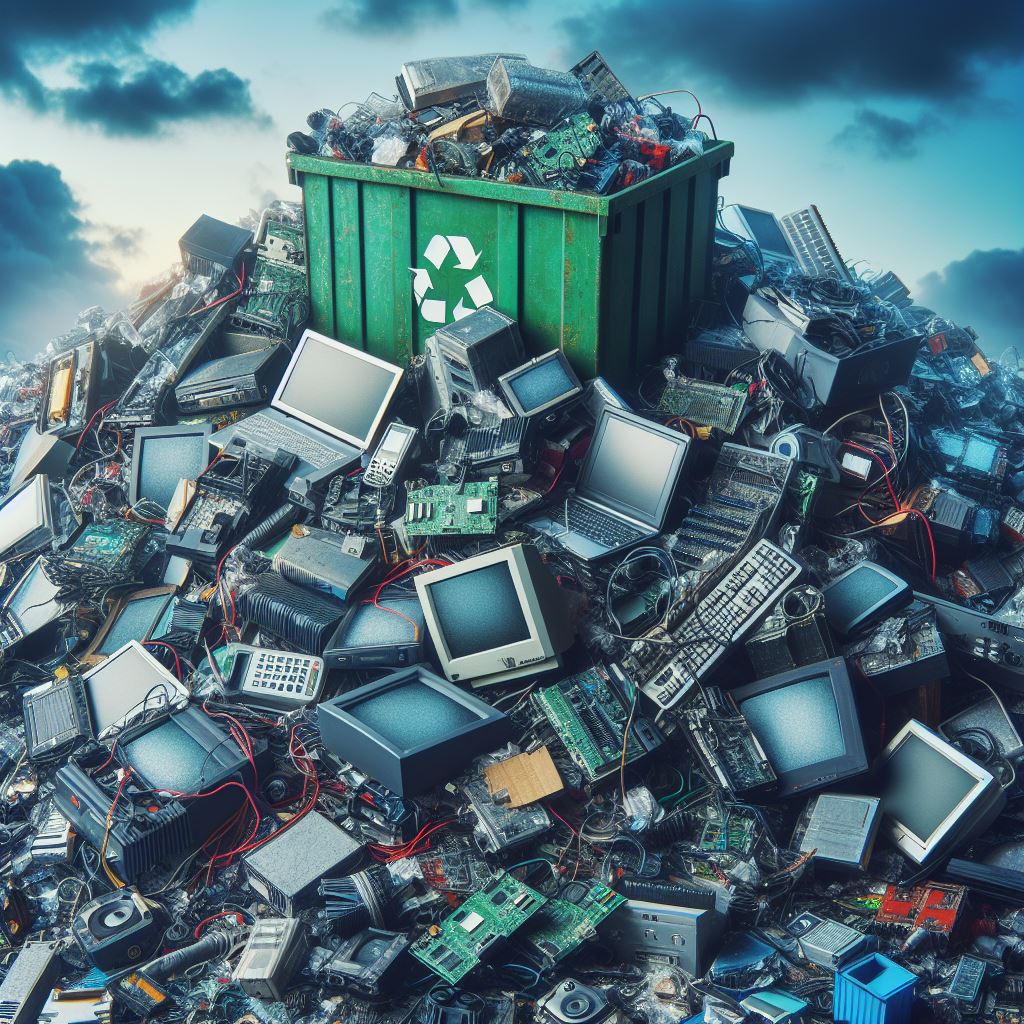In 2022, around 22% of the e-waste mass was properly collected and recycled. The number is expected to decline by at least 2% by the end of 2030 due to the staggering growth of such waste.
UN agencies have defined ‘e-waste’ as discarded devices with a plug or battery including mobile phones, TVs, electronic toys, e-cigarettes, computers and solar panels. However, waste from electronic vehicles doesn’t fall into this category.
The U.N.’s International Telecommunications Union and Research Arm UNITAR released a report in the 3rd week of April. As per the report, 62 million tons of ‘e-waste’ was generated in 2022, enough to fill tractor-trailers that could be lined up bumper to bumper around the globe. The waste is very likely to reach 82 million tons by the end of this decade.
The report also states that an average person on earth generates approximately 7.8 kilograms of e-waste each year. Asia is the highest producer of e-waste as only a few countries in this continent have proper e-waste management laws. Nearly, 50% of yearly e-waste is being produced in Asia. Europe is in a good state in terms of the collection and recycling of e-waste although they produce the highest amount of e-waste per person—nearly 18 kilograms.
Africa has the least e-waste of any of the five big regions worldwide. However, its recycling and collection rates are about 1 percent, the report added.
“The latest research shows that the global challenge posed by e-waste is only going to grow,” said Cosmas Luckyson Zavazava. He is the head of the ITU telecommunication development group. “With less than half of the world implementing and enforcing approaches to manage the problem, this raises the alarm for sound regulations to boost collection and recycling.”
For some people in Africa, e-waste is a way to earn money by looking through trash to find valuable metals and parts. The work comes with health risks as some of the e-waste contains dangerous substances such as mercury.
Kenya is taking steps to recycle e-waste properly through efficient recycling plants like Nairobi’s WEEE center. The center has several collection points across the country where people can safely get rid of old electronic equipment.
E-waste expert George Masila worries about the impact of electronic waste on the soil.
“When you have all this e-waste — either in the dumpsites or mercilessly deposited anywhere else — it could have major effects on the soil,” Masila said. “Every year it rains and water flows and attracts all these elements that are deposited into the environment. You have water getting contaminated.”
He said greater recycling and re-use of such materials, “are some of the things we should be considering.”
Tech Journalist – Md Asif Rahman

